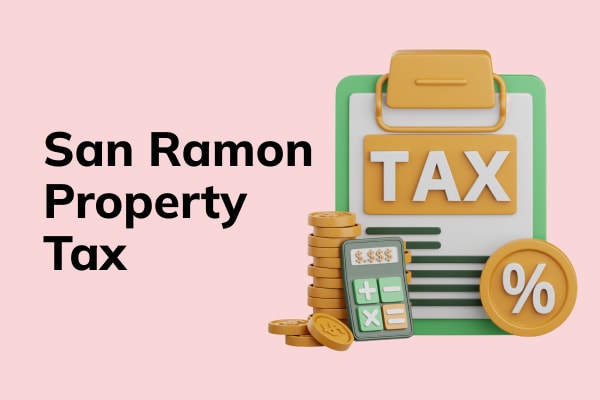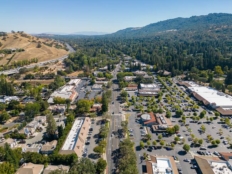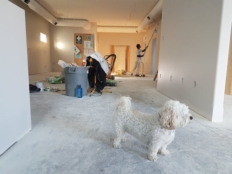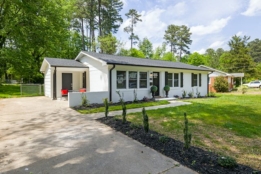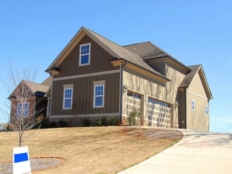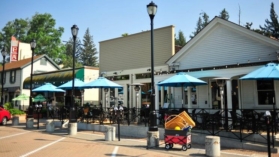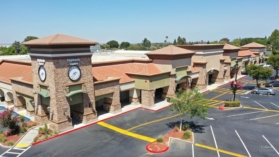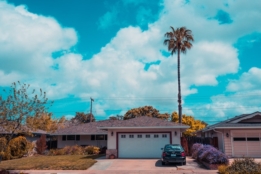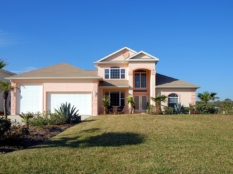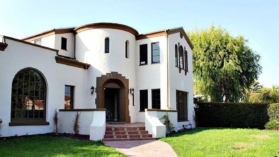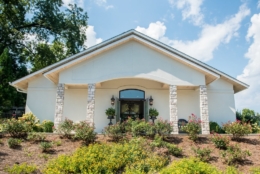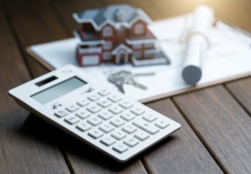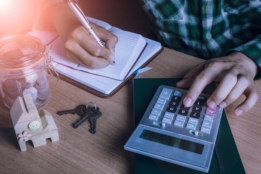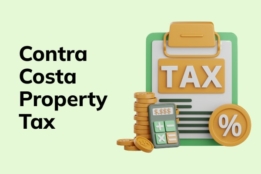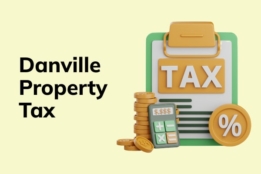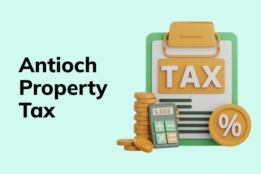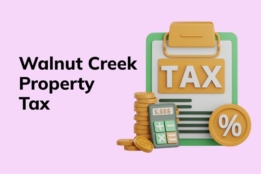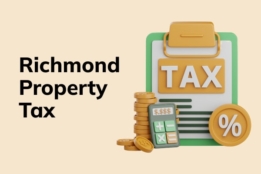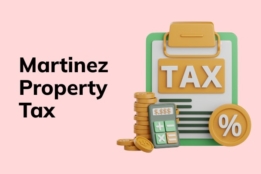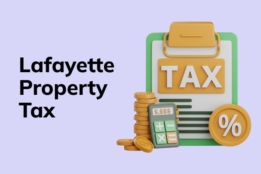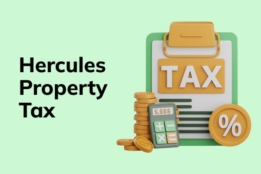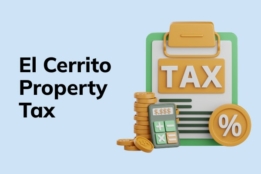Table of content
How Much Are Property Taxes In San Ramon?
In California, the property tax base rate is set at 1%. Depending on the city or county where you live, the tax rate may be lower than this, though it can be higher if special assessments and other variables are involved. Property tax in San Ramon actually varies because of different factors, so one neighborhood may not have exactly the same tax rate as another. Some areas pay a rate as high as 1.7%, but data from the US Census Bureau shows that the average is 0.98% but the average is 1.11%.
Property tax rates are determined based on the required budget to fund infrastructure and projects in the locality. This is measured alongside average property values in the area to determine a fair rate of tax to raise the funds required. Thus, areas with higher property values often have slightly lower tax rates. However, this is not always the case, so some people in the US pay considerably more property tax than others. If you want to know the current tax rate for a specific address, you can look it up here.
San Ramon’s average property tax rate is in line with the rest of Contra Costa County. It is also higher than the average rate for the State of California, which stands at 0.76%. But it is lower than the average rate for the US at large, which is currently 1.16%.
Research on this topic is important when you are exploring the possibility of living in San Ramon. Different areas have significantly different rates. These tend to fluctuate up and down depending on changes in average real estate values or inflation. Property prices in the Bay Area have been trending upwards of late due to high demand and low inventory of homes for sale, and this is actually driving property taxes down slowly. But this can change at any time.
How To Calculate Property Taxes In San Ramon?
With the base rate of property tax in California being 1%, a simple way to estimate property tax in San Ramon is to use this figure. So you would divide the property’s purchase price by 100 to get the ad valorem tax rate for a good guide for the annual property tax there. However, this would not be a precise method of calculating, since tax rates vary so much between different areas. You could use the link in the previous section to find the actual tax rate for the property in question.
Property values have to be accurately assessed for property tax purposes. When you buy a home, it will be subject to an accurate appraisal to determine the market value. Once the property changes hands, calculations for property tax will be based on this appraised market value. Key factors that determine this assessed value are as follows:
- The value of comparable properties in the neighborhood
- Specific features of the property that affect its value (extensions, pools, etc.)
One thing to note is that the assessed value for property tax can only increase by a maximum of 2% per year, unless the property changes hands or undergoes any construction. So if the actual property value increases by 10% in a year, the assessed value can only increase by 2%. Thus, property tax rates do not always reflect the true market value of real estate.
Let’s say you live in a 3-bedroom home with a pool that has a value of $900,000 in San Ramon. Now, let’s say the property tax rate in your area is the average: 1.11%. To calculate the amount you owe, you would need to divide the total value by 100. So 900,000 ÷ 100 = 9,000. Now, you must multiply this number by the actual property tax rate; in this example, it is 1.11. So 9,000 x 1.11 = 9,990. So the annual property tax you would pay for this home would be a total of $9,990.
There may be things you can do to reduce your tax liability – more on that later.
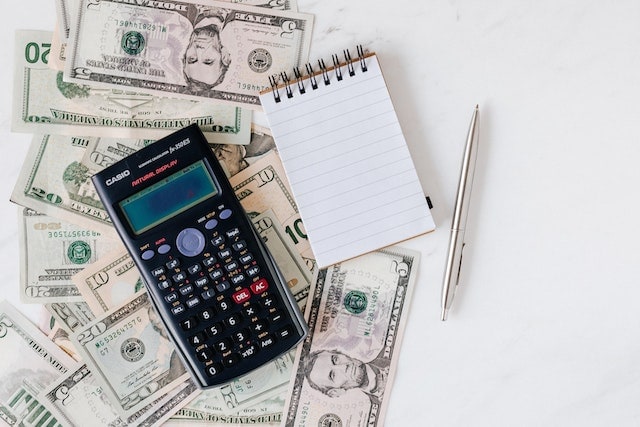
How To Pay Your San Ramon Property Taxes?
Payment of property taxes in San Ramon is the same as elsewhere in Contra Costa County. You must pay what you owe to the Contra Costa Tax Collector’s office. There are several ways to do this:
- Attend in person to make a payment
- Do it over the phone
- Conduct an electronic funds transfer
- Use the online payment portal
- Pay by mail
It is up to you which payment method you choose – do what works best for you. This will not be the same for everyone, so the county offers a range of options for your convenience. You will find details of the different payment methods available in the information pack that comes with your bill. You will need to know your account number to be able to make payment by any method – this is printed on your bill.
You can visit the Contra Costa County Tax Collector’s main office at the Finance Building in Martinez, CA. They accept walk-ins between 0800 and 1700 Monday through Friday. You will need to attend the office if you want to pay in person. Payment can be made by:
- Check
- Cash
- Certified check
- Money order
- Cashier’s check
Payment by credit or debit card is also accepted, but there will be a service fee involved.
Many people choose to pay using the online portal. You can make the payment over at the Contra Costa County website. Payments here are accepted by credit or debit card, or via e-check. The service fee for using credit or debit cards currently stands at 2.5%, and the minimum charge is $3.50.
If you want to make the payment over the phone, there will be a series of prompts to follow in the automated system. Messages can be in Spanish or English and your tax bill number will be needed in order to receive the correct charge. Make your payment via credit or debit card, with the same fees as described above.
However you choose to pay, take the time to read the information included with your bill. Also, make yourself fully aware of due dates so that you don’t miss your deadlines.
San Ramon Property Tax Due Dates
Due dates and deadlines are the same throughout Contra Costa County when it comes to property tax. The Tax Bills are mailed out through September – October. From this time, you will also be able to find them online. Some people do not receive their bill due to postage errors or other problems. Be advised that this is not an excuse for not paying. You are responsible for chasing up your tax bill and ensuring it is paid on time.
Here are the key dates for your diary:
- November 1st – The first installment of your property tax becomes due at this date. You are required to pay it before December 10th. If you miss this deadline, you will be charged a penalty for being delinquent in payment.
- February 1st – This is the due date for the second installment of San Ramon property tax. The final deadline for the second payment is April 10th. Further penalties apply if you fail to make this deadline.
The due dates for your property tax are clearly printed on your property tax bill. The same information will be available online if you click the link above. Due dates must not be ignored – missed deadlines means penalties and could lead to legal action being taken against you.
What Happens If Your Payment Is Late?
Residents of San Ramon face penalties and fees for missing deadlines for property tax payments. These are there to deter missed payments. Penalties come at a set rate as punishment for failing to pay while fees are to cover administration costs incurred by your delinquency.
The penalty fees are as follows:
- An initial penalty of 1.5% of the amount owed upon missing the first installment deadline. This increases a further 1.5% at the start of every subsequent month until the amount is paid in full.
- A penalty of 10% of the amount owed for missing the deadline for the second installment. There will also be a $20 collection fee and a further 1.5% will be charged every month until the amount is paid in full.
Your tax authorities will actively pursue these payments and the amount you owe could accumulate to a lot. An extended period of non-payment could result in legal action being taken against you. This will be an expensive process and could result in some of your property being seized to pay off the debt.
If you know you may have issues making a payment on time, you should notify the tax office as soon as possible. Doing this before the deadline may enable you to arrange an extension at the tax office’s discretion. It is best to keep lines of communication open to avoid a worst case scenario of legal action.
How To Lower Your Tax Liability?
Your tax liability is not necessarily set in stone – there are avenues to explore to reduce it. The basic options available to you are applying for property tax exemptions and appealing against the appraisal that determined the value of your property for the tax calculation.
There are special exemptions available throughout Contra Costa County for the following groups:
- People over 55
- Veterans
- Non-profit and religious isntitutions
- People with disabilities
Here is a full list of special exemptions. The criteria to qualify for these exemptions are very specific. If you do qualify, part or all of your property tax liability may be removed. To learn the details of the criteria, contact your local tax office. If you believe you meet the requirements, ask for an application form for the exemption you believe applies. Fill it out as quickly as possible and the tax office will make a decision on your claim.
Challenging your appraised market value is another common option. You must go to the county assessor and request a review – if they decline, you can lodge an appeal between July 2nd and November 30th. There are two typical routes to form a challenge:
- Unequal appraisals – this is where you demonstrate that similar properties in your neighborhood have had excessively high appraisals.
- Sales comparisons – with this approach, you estimate market value when real estate values are trending downwards and current sale prices are dropping.
A tax advisor may be able to help with your appeal. These people usually don’t charge a fee unless you are successful. Only pursue this if you are confident you have a case – it could end up costing you more money otherwise.
San Ramon homeowners’ property tax exemption is another possible way of reducing your tax liability. Read the next section to learn more.
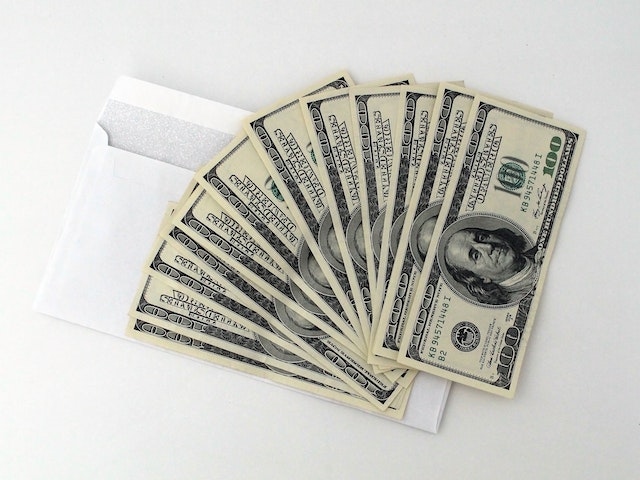
What Is Homeowners Property Tax Exemption?
If you own a property and live in it as your primary residence, you could qualify for San Ramon homeowners property tax exemption. This reduces the taxable value of your home up to a maximum of $7,000. Being awarded this exemption could take up to $70 off what you owe in annual property tax.
Most people who are owner-occupiers of their home will qualify for this exemption. In most cases, you will receive a form to apply for it upon purchasing your home. Otherwise, you can get in touch with your local Tax Collector’s office and ask for an application form. This is a good avenue for keeping your tax liability as low as possible.
Frequently Asked Questions
How Much Are Property Taxes In San Ramon?
The average property tax rate in San Ramon is currently 1.11%. However, there is significant variation depending on the area you live in, so take the time to learn what you will owe.
How To Pay Your San Ramon Property Taxes
San Ramon property tax can be paid in person, over the phone, online or via several other methods. You can use credit/debit card, check, cash and various other payment methods - details will be on your property tax bill.
What Happens If Your Payment Is Late?
If your payment is late, you will have to pay a penalty. Property tax is paid in two installments and both have a deadline. Miss the deadline and the penalty will apply.
